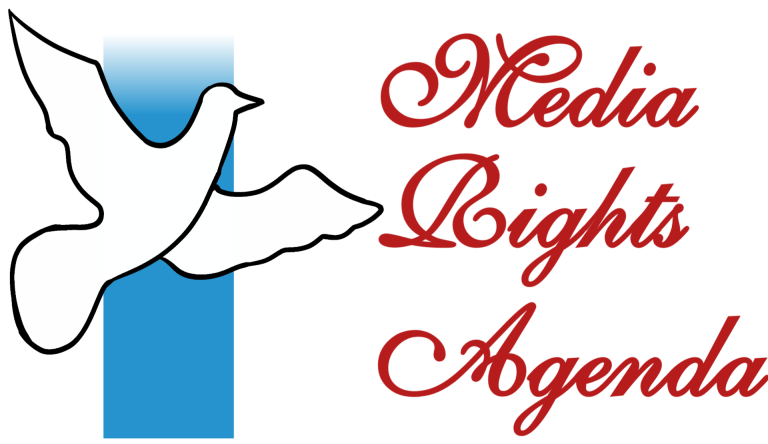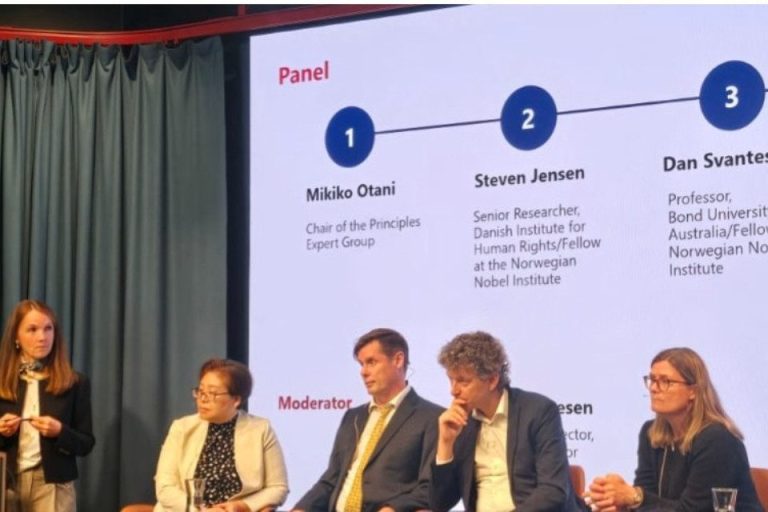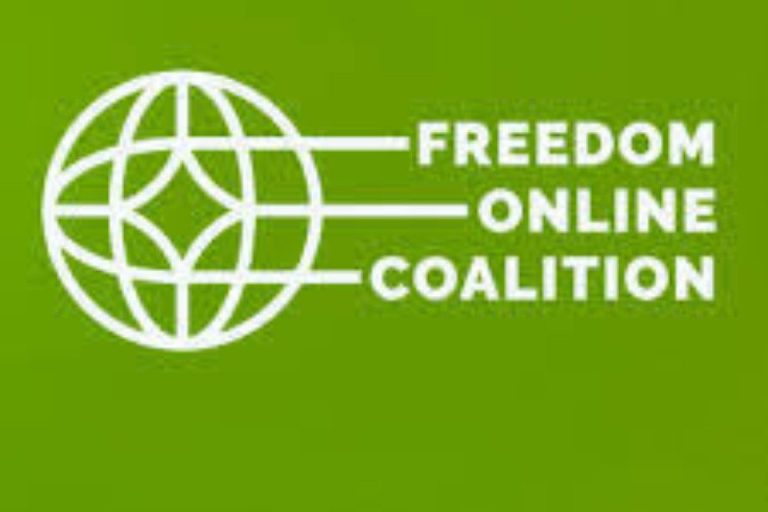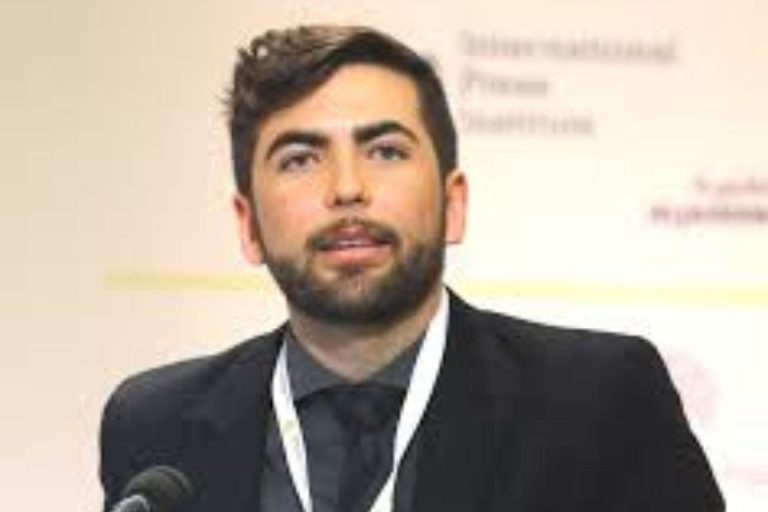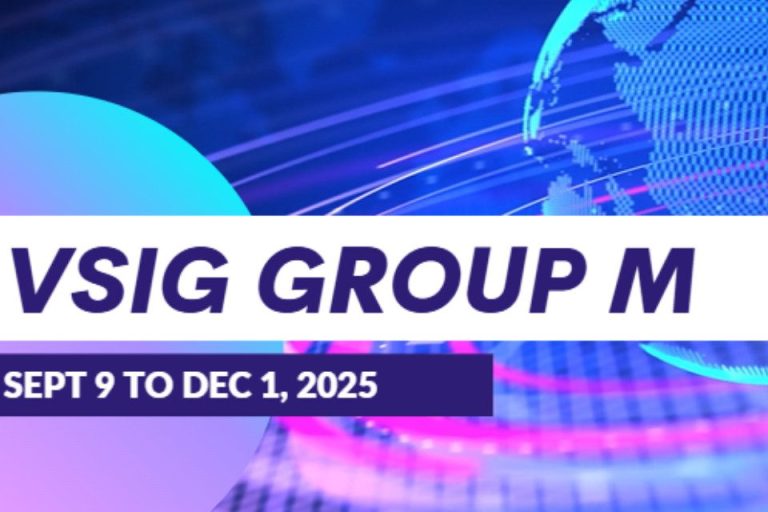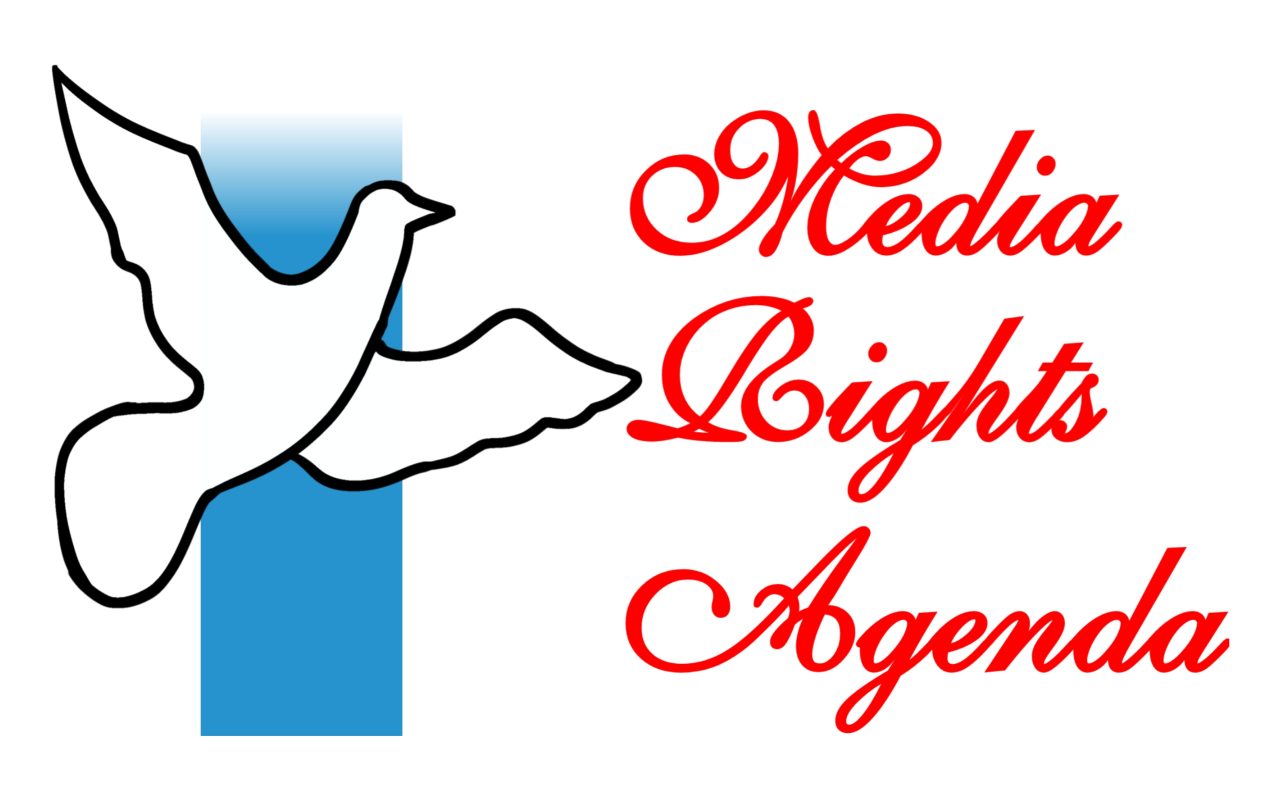Artists at Risk Connection (ARC) has issued a call to action for international organizations to extend the same protections afforded to human rights defenders to artists on the frontlines of social movements and expand other safeguards for them.
The report spotlights artists in 20 countries who use their creative talents to uplift, sustain, and mobilize social and political movements around the world. It draws on interviews with five experts from the field – among them, Karima Bennoune, the former UN Special Rapporteur in the field of cultural rights – as well as in-depth conversations with 20 profiled artists.
Paul Rucker, American multimedia visual artist, composer, and musician, who wrote the foreword for Art is Power said: “This report is a powerful testament to the importance of solidarity and community. It’s a reminder to socially engaged artists around the world that we are not alone – we are part of a vibrant and beautiful community of creative individuals who can and do work together to change the system.”
Art Is Power argues that a lack of effective support to socially engaged artists occurs because artists often fall into a gap between the human rights world and the art world, with the result that each group considers them the other’s responsibility. It raises the joint responsibility of these vibrant sectors to extend emergency protection programmes to artists, akin to those provided to human rights defenders. To do so, art and human rights groups must improve information sharing, collaboration, and coalition building and jointly advocate for the development of policy frameworks that better define artistic freedom and guarantee the safety and well-being of artists.
Key takeaways from the report include:
- To advance reform and develop protective mechanisms for at-risk artists, it is critical for the international community to recognize the crucial role of socially engaged artists in social and political movements.
- Socially engaged artists deserve the same protections afforded to cultural rights defenders and must be protected under the human rights defenders’ international human rights framework.
- Human rights organizations and art organizations share a joint responsibility to support and protect at-risk artists, and should expand their programming and resources to reach socially engaged artists.
- In sharing responsibility, it is critical for art and human rights organizations to optimize information sharing, collaboration, and coalition building and to develop a targeted, focused policy reform agenda that defines artistic freedom and guarantees artists’ safety and well-being.
The report includes recommendations for stakeholders: artists, state and multilateral organizations, human rights and civil society organizations, and art organizations:
- States must evaluate their policy frameworks, ensure comprehensive protections for artists, and extend effective mechanisms to support artists, such as the establishment of immigrant pathways and residency opportunities.
- States and multilateral institutions must develop a UN Action Plan for the Protection of Artists, while incorporating artists into existing protective mechanisms.
- Human rights organizations must proactively monitor and address violations of artistic freedom, and collaborate with art and cultural organizations to better support at-risk artists and understand their needs.
- Art organizations must collaborate with human rights organizations and solicit their expertise on supporting vulnerable populations, while expanding emergency grants, residency programs, and engagement with refugee artists.
